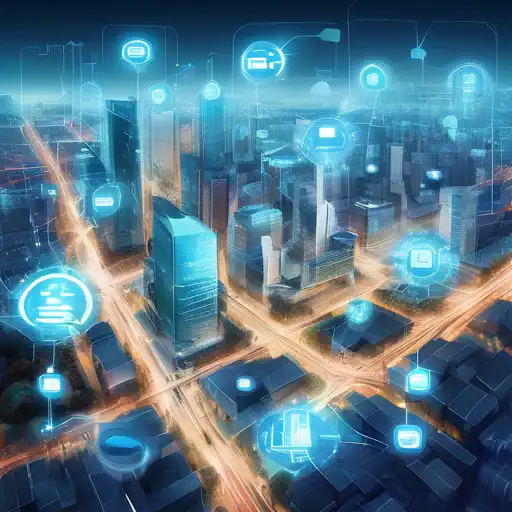Introduction to IoT in Smart Cities
The Internet of Things (IoT) is revolutionizing the way urban areas operate, making cities smarter, more efficient, and more sustainable. By connecting devices, vehicles, and infrastructure to the internet, IoT enables real-time data collection and analysis, leading to improved decision-making and enhanced quality of life for residents.
Key Benefits of IoT in Smart Cities
IoT technology offers numerous advantages for smart cities, including:
- Enhanced Public Safety: IoT devices like surveillance cameras and sensors can monitor public spaces, reducing crime rates and improving emergency response times.
- Efficient Traffic Management: Smart traffic lights and sensors can analyze traffic flow, reducing congestion and pollution.
- Sustainable Energy Use: IoT enables smart grids and meters, optimizing energy consumption and promoting renewable energy sources.
- Waste Management: Smart bins and waste collection systems can notify authorities when they are full, improving cleanliness and efficiency.
Challenges and Solutions
Despite its benefits, implementing IoT in smart cities comes with challenges such as data privacy concerns, high initial costs, and the need for robust cybersecurity measures. However, solutions like encryption, public-private partnerships, and community engagement can help overcome these obstacles.
Future Prospects
The future of IoT in smart cities is promising, with advancements in AI and 5G technology expected to further enhance connectivity and automation. As cities continue to grow, IoT will play a pivotal role in ensuring sustainable and intelligent urban development.
Conclusion
IoT is transforming urban landscapes, making cities more livable, efficient, and sustainable. By addressing challenges and leveraging new technologies, smart cities can harness the full potential of IoT to improve the quality of life for all residents.
For more insights on technology trends, explore our related articles.
